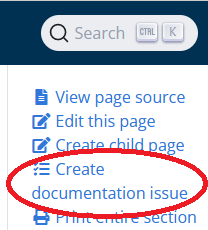Site Organisation
This manual is organised by audience. The overview and getting started sections are applicable to all users. Other sections are focused on statistical practitioners, developers or users new to Common Lisp.
Examples
This part of the documentation contains worked examples of statistical analysis and plotting. It has less explanatory material, and more worked examples of code than other sections. If you have a common use-case and want to know how to solve it, look here.
Tutorials
This section contains tutorials, primers and ‘vignettes’. Typically tutorials contain more explanatory material, whilst primers are short-form tutorials on a particular system.
System manuals
The manuals are written at a level somewhere between an API reference and a core task. They document, with text and examples, the core APIs of each system. These are useful references for power users, developers and if you need to go a bit beyond the core tasks.
Reference
The reference manuals document the API for each system. These are typically used by developers building extensions to Lisp-Stat.
Resources
Common Lisp and statistical resources, such as books, tutorials and website. Not specific to Lisp-Stat, but useful for statistical practitioners learning Lisp.
Contributing
This section describes how to contribute to Lisp-Stat. There are both ideas on what to contribute, as well as instructions on how to contribute. Also note the section on the top right of all the documentation pages, just below the search box:

If you see a mistake in the documentation, please use the Create documentation issue link to go directly to github and report the
error.
Feedback
Was this page helpful?
Glad to hear it! Please tell us how we can improve.
Sorry to hear that. Please tell us how we can improve.